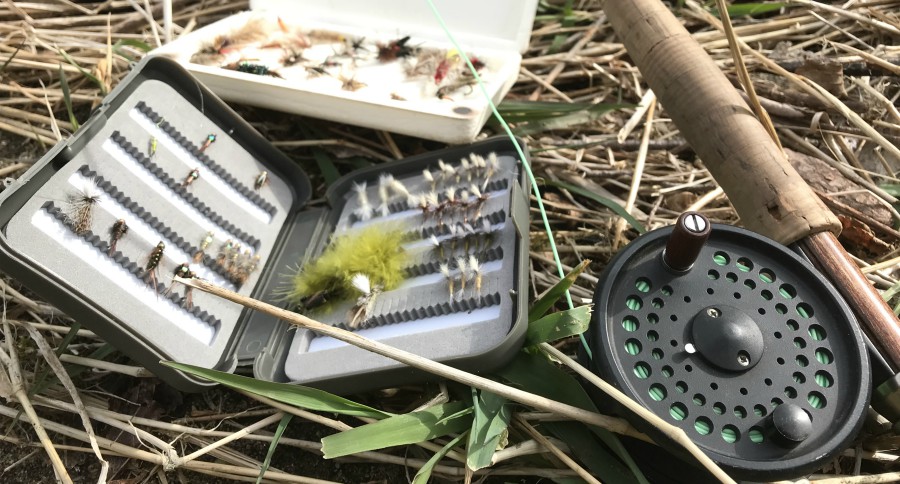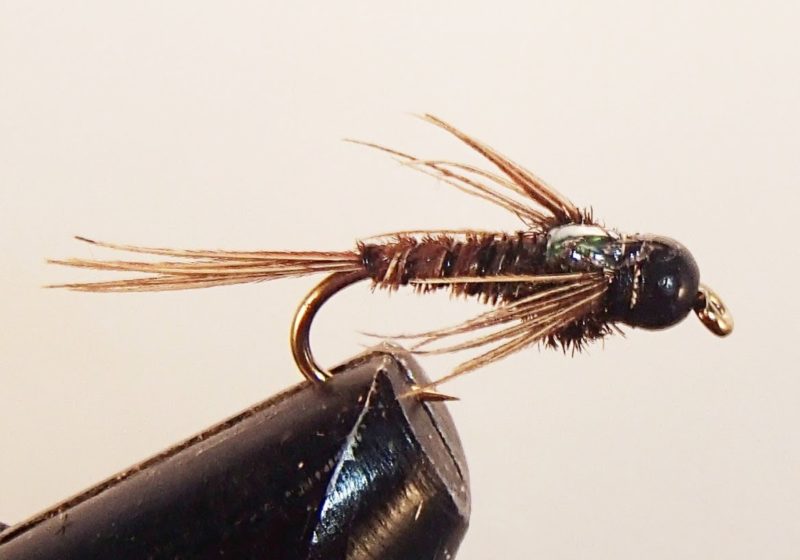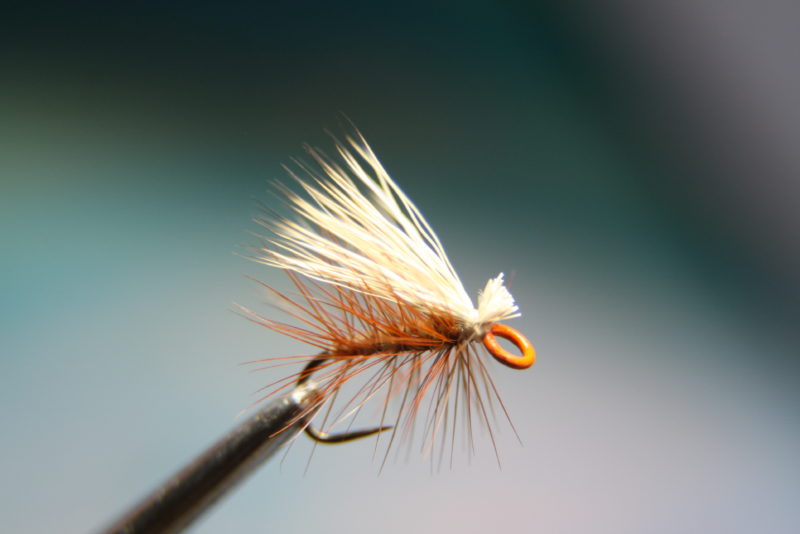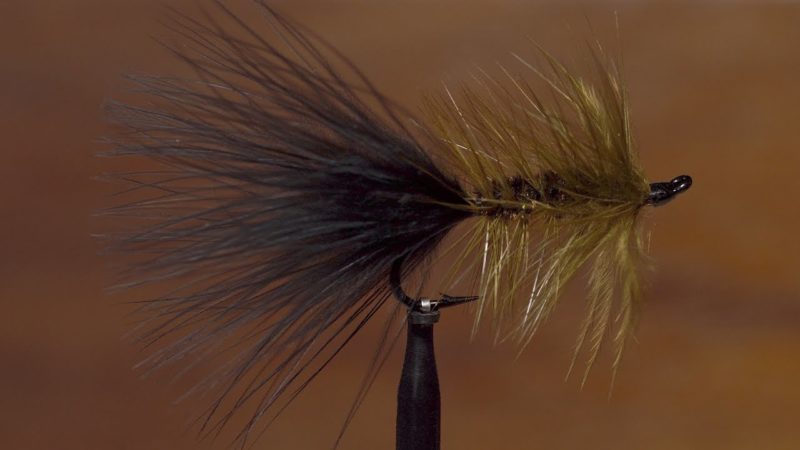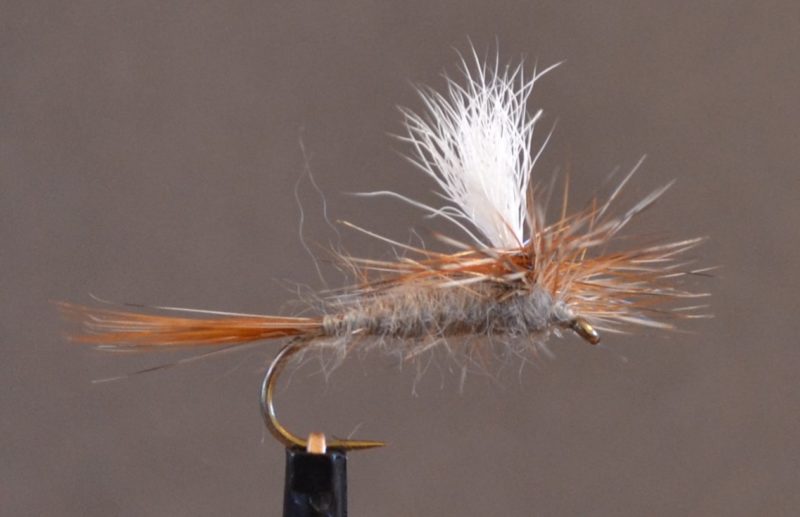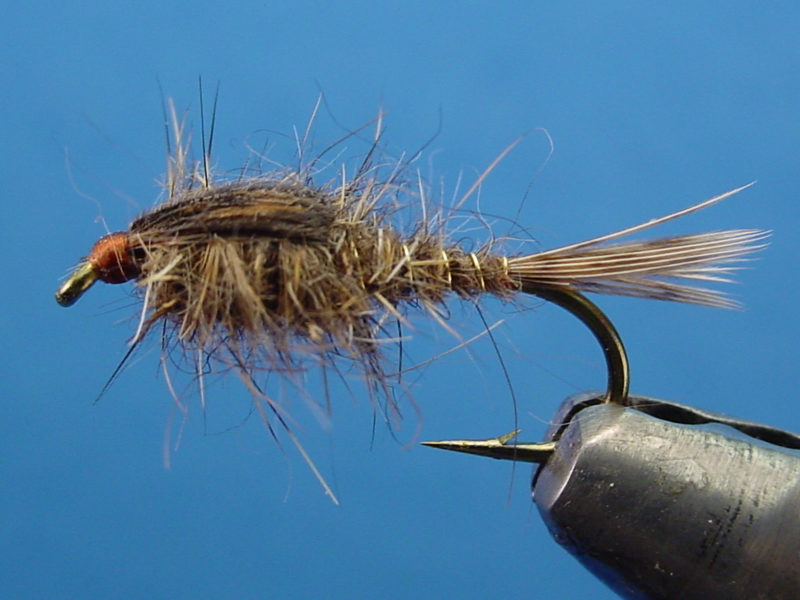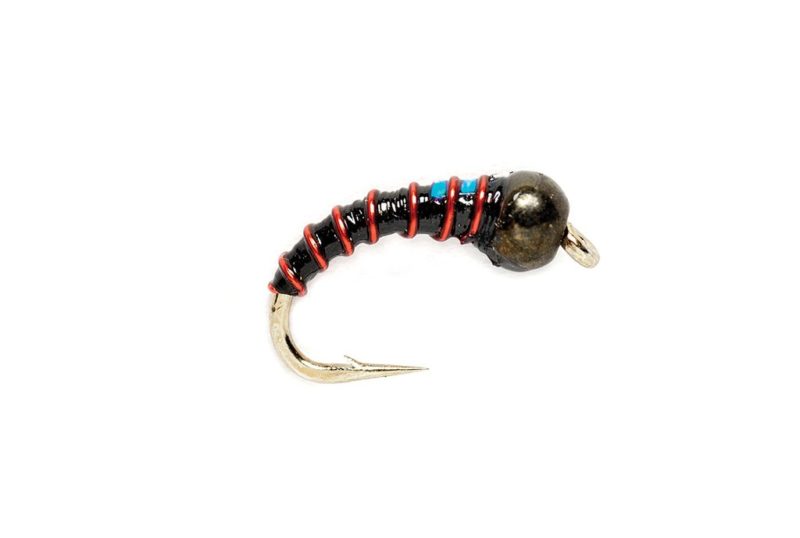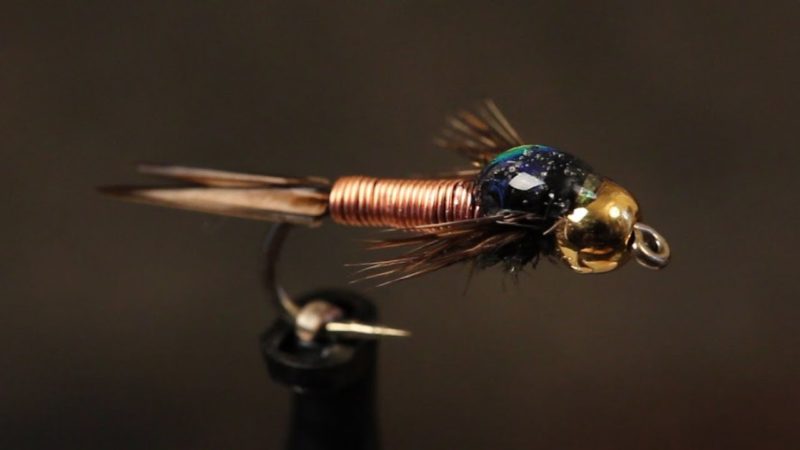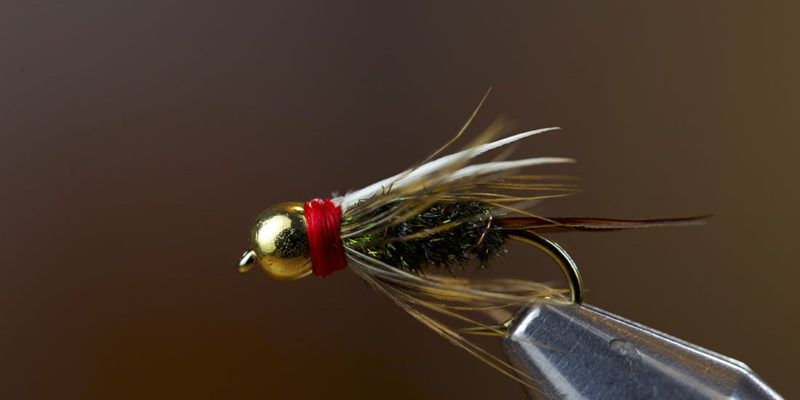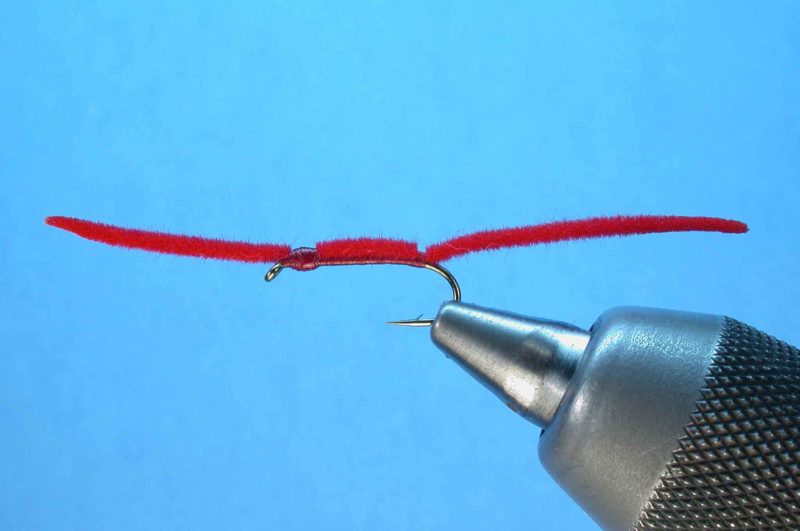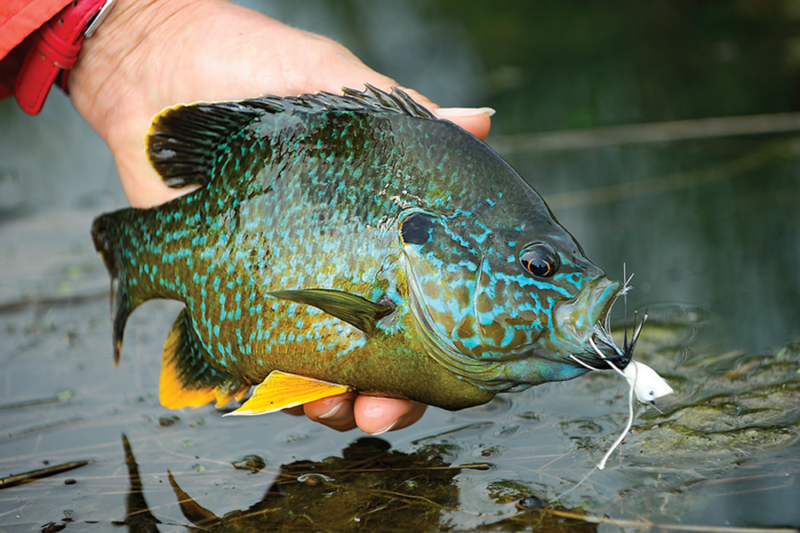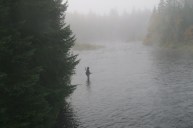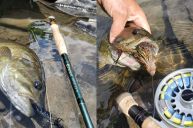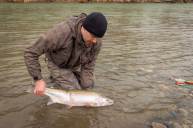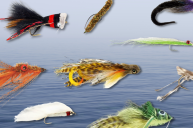Looking to get into fly fishing? Here are the top 10 trout flies needed by every angler.
If you're new to fly fishing and wondering where to get started here are the top 10 trout flies every angler needs in his or her arsenal.
Whether you want to start trout fishing, bass fishing or pan fishing, there is a fly on this list for you. This list ranges from nymphs to dry flies with variations in between.
Not sure about the best fly for you? Here's a good place to get started.
Pheasant Tail
The pheasant tail nymph is a classic wet fly. In other words, its weighted head allows the fly to gradually sink in the stream waters rather than float on the surface. Tied both a with and without a bead head, this imitation is a temptation for many trout species including brown trout, rainbow trout and brook trout. The pheasant tail hairs give the fly a natural look making it hard for trout to pass on it.
Elk Hair Caddis
This dry fly is a personal favorite as I like to watch trout rise to the surface to attack my flies. Replicating a caddis fly, the elk hair caddis fly is my go-to fly on the East Coast. I even had success with it out west with cutthroat trout. Made with several different natural colors, the elk hair caddis fly must be present in your fly box at all times.
Woolly Bugger
One of the most famous wet flies out there, the Woolly Bugger fly has caught more fish over the years than many flies combined. The Woolly Bugger is slightly larger than many trout flies, but you know what they say: big flies catch big fish. The Woolly Bugger, however, is sometimes used to catch bass and carp, as well. Oftentimes the Woolly Bugger is displayed in black or green.
Parachute Adams
The Parachute Adams is another great trout dry fly. It's basically my "back-up" fly. If the elk hair caddis fly isn't working, I typically change to this Parachute Adams. The distinct white strands give the fly its name and adds some popping distinction to its other colors that catch a trout's eye. Fly anglers everywhere rely on the Adams parachute to complete their limit.
Hare's Ear
The Hare's ear is one of the nymph flies that drops subsurface to a dry fly. Oftentimes, where allowed, I'll tie one of these off to a dry fly. This allows me to find where the fish are biting. Are they surfacing or are they staging and just waiting for a fly to cruise by their spot? In the absence of a bead head, this fly won't necessarily fall to the stream bottom, but will find those mid-level trout. Similarly, the natural colors make it difficult for trout to pass up.
Zebra midge
The zebra midge, known for its obvious lines and stripes, comes in many different colors and variations. The midge represents newly hatched larvae that will fall off of trees or rocks. Sometimes new fly anglers wonder how trout can see such a small fly, but they do. Trout sport keen eyesight and awareness in their natural habitat. Like the Hare's Ear, I will sometimes set this up on a nymph rig and let it float below a dry fly.
Copper John
The Copper John is a good fly because it pops in the water. It's shiny complexion and copper bead head makes it flashy. It's small, but it's one of the easier nymphs to pick out if you're trying to sight fish. When in doubt, if you're constantly losing sight of your flies in the water try placing strike indicators on your tippet. This will help visualize your bites when you get them.
Prince Nymph
Part of fly fishing is trying until you find something that works. That's why there seems to be so many different patterns. You never know when one fly is working and one is not. Yes there are some that virtually work most of the year, but then there are times when one might only work for a few weeks. Here's another bead head nymph. Sometimes little details like the red line tied around the bead head will make all the difference. Trout might identify it as a wounded meal and attack.
San Juan Worm
Though I don't use this exact San Juan worm often, I use one that is very similar, and it works nearly all the time. There have been many rainbow trout cooked over the fire that met their demise due to a San Juan worm. Find the color that's working and you're sure to catch some good fish.
Panfish Flies
Panfish flies come in all shapes and sizes. Some imitate bugs, while others imitate minnows. Several poppers often work because they make a disturbance in the water that grab the attention of panfish such as blue gill, and bream. Likewise, when you cast one of these over a bream bed they will attack because they don't want any intruders. If you're new to fly fishing this is a great place to start.
Your local fly shop will likely keep all these flies in stock, and also fit you with a good fly rod to get you started. Start by fishing an open area rather than small streams. Build your confidence first then start fishing those hard-to-reach fish.
Like what you see here? Read more hunting articles by Nathan Unger at whitetailguruhunting.com. Nathan is also the host of the Whitetail Guru Hunting Podcast.
NEXT:ONE EASY APPALACHIAN GRILLED TROUT RECIPE FOR THE DINNER TABLE
WATCH
